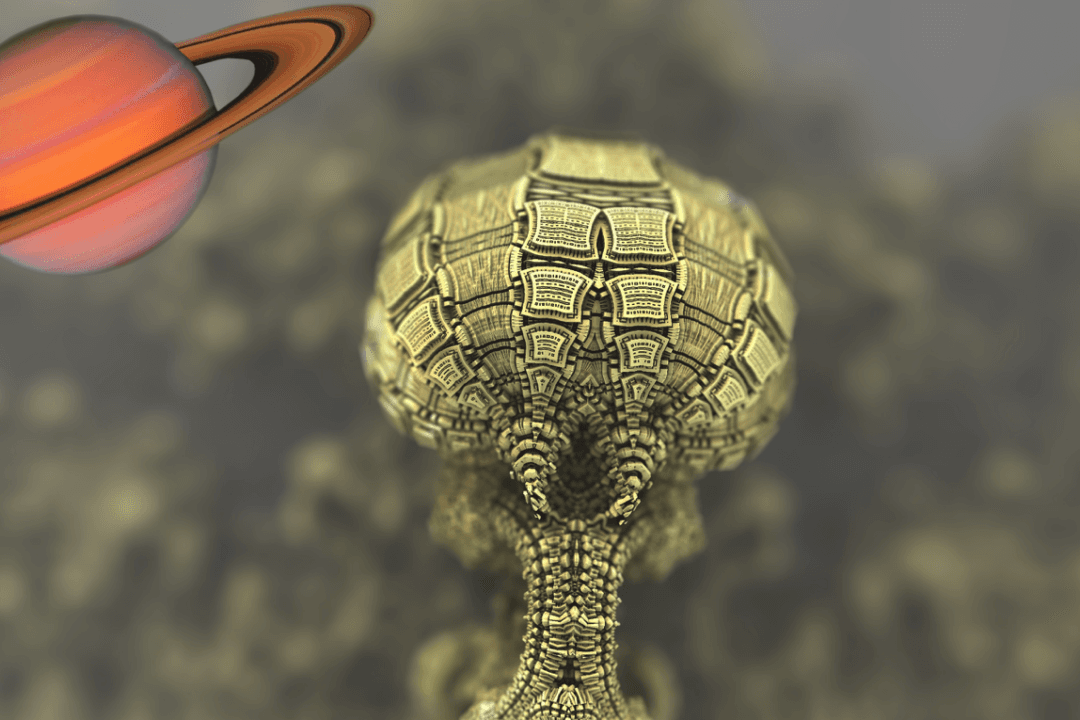A breakthrough scientific discovery in the Antarctic shows that life can survive on little more than thin air, challenging our most basic assumptions around extraterrestrial life.
A new study in Nature International Journal of Science provides evidence that certain chemicals found in air, what scientists call “atmospheric trace gases,” provide enough energy and nutrients for several newfound lifeforms to exist in Antarctica.





